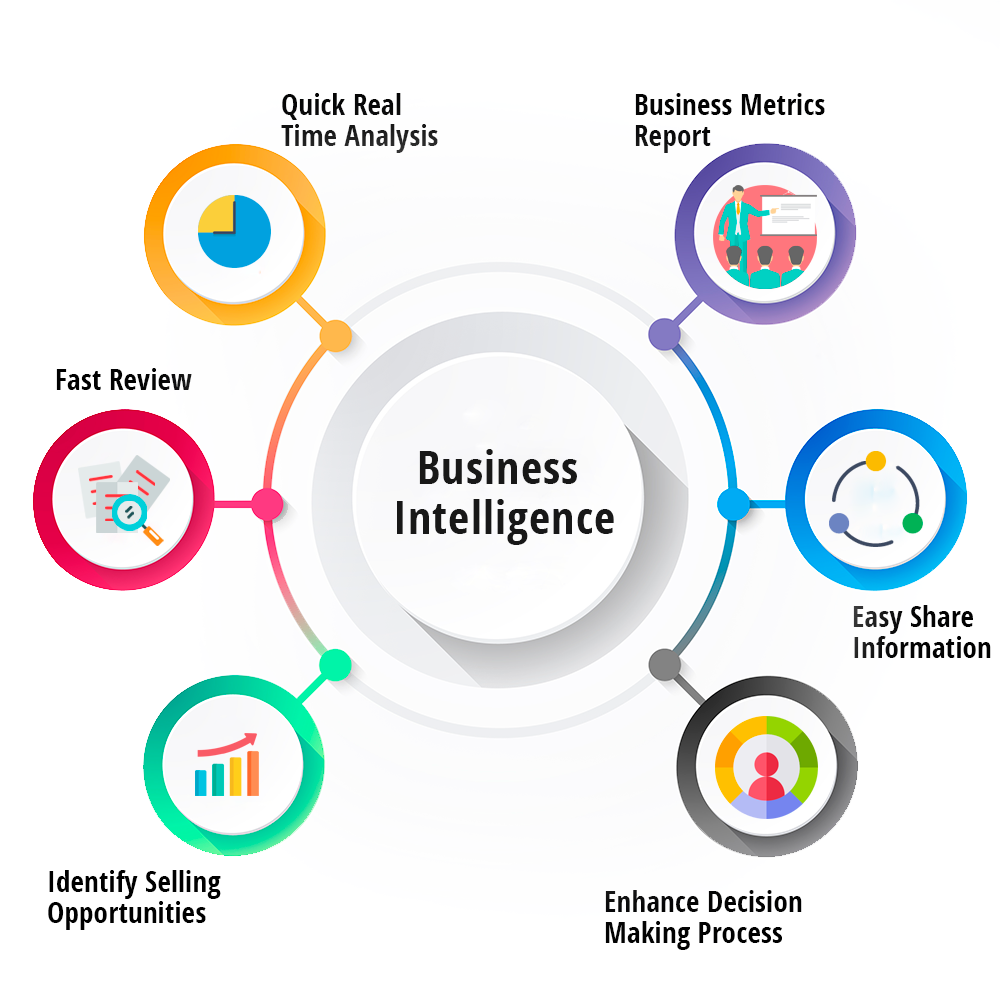
How to Master Business Intelligence Software in 7 Simple Steps
Business intelligence (BI) software has become an essential tool for organizations to gain insights into their operations, make data-driven decisions, and stay competitive in the market. With the increasing amount of data being generated every day, BI software helps to analyze and visualize this data, providing valuable information to stakeholders. However, mastering BI software can be a daunting task, especially for those who are new to the field. In this article, we will guide you through 7 simple steps to master business intelligence software and become a proficient user.
Step 1: Understand the Basics of Business Intelligence
Before diving into the world of BI software, it’s essential to understand the basics of business intelligence. BI is the process of collecting, analyzing, and interpreting data to support business decision-making. It involves using various tools and techniques to transform data into actionable insights. To get started, familiarize yourself with key BI concepts, such as data warehousing, data mining, and reporting. Understand the different types of BI software, including self-service BI, embedded BI, and cloud-based BI.
Step 2: Choose the Right Business Intelligence Software
With numerous BI software options available in the market, selecting the right one can be overwhelming. Consider your organization’s specific needs, such as data complexity, user base, and scalability requirements. Popular BI software options include Tableau, Power BI, QlikView, and SAP BusinessObjects. Research each option’s features, pricing, and user reviews to determine which one best fits your organization’s needs. It’s also essential to evaluate the software’s ease of use, data visualization capabilities, and integration with existing systems.
Step 3: Get Familiar with the Software Interface
Once you’ve chosen a BI software, it’s time to get familiar with its interface. Start by exploring the software’s dashboard, menus, and tools. Understand how to navigate through the interface, create new projects, and access existing ones. Familiarize yourself with the different components, such as data connectors, data models, and visualization tools. Most BI software offers tutorials, videos, and online support to help you get started. Take advantage of these resources to learn the basics of the software.
Step 4: Connect to Data Sources
To start analyzing data, you need to connect to your organization’s data sources. BI software typically supports various data connectors, including relational databases, cloud storage, and big data platforms. Learn how to connect to your data sources, authenticate, and authorize access. Understand how to handle data errors, manage data quality, and optimize data performance. Make sure to follow best practices for data security and governance to ensure the integrity of your data.
Step 5: Create Data Visualizations
Data visualization is a critical component of BI software. It enables you to communicate complex data insights to stakeholders in a clear and concise manner. Learn how to create various types of visualizations, such as tables, charts, maps, and dashboards. Understand how to customize visualizations, add filters, and create interactive dashboards. Practice creating different visualizations to develop your skills and experiment with various design options.
Step 6: Develop Advanced Analytics Skills
To take your BI skills to the next level, develop advanced analytics skills. Learn how to create complex calculations, use data modeling techniques, and apply predictive analytics. Understand how to use advanced visualization tools, such as geospatial analysis and network analysis. Familiarize yourself with machine learning algorithms and natural language processing techniques. Take online courses or attend workshops to develop your advanced analytics skills and stay up-to-date with the latest trends and technologies.
Step 7: Join a Community and Stay Up-to-Date
Finally, join a community of BI professionals to stay connected with the latest developments and best practices. Participate in online forums, attend webinars, and engage with social media groups. Share your knowledge and experiences with others, and learn from their successes and challenges. Stay up-to-date with the latest software releases, updates, and features. Attend industry conferences and events to network with other professionals and stay current with the latest trends and technologies.
Additional Tips and Best Practices
In addition to the 7 simple steps, here are some additional tips and best practices to help you master business intelligence software:
- Start small: Begin with a simple project and gradually move to more complex ones.
- Practice regularly: Regular practice helps to develop your skills and build confidence.
- Experiment with different tools: Familiarize yourself with different BI software and tools to determine which one best fits your needs.
- Join online communities: Participate in online forums, social media groups, and webinars to stay connected with the latest developments and best practices.
- Read industry blogs and publications: Stay up-to-date with the latest trends, technologies, and best practices by reading industry blogs and publications.
- Attend training sessions and workshops: Attend training sessions, workshops, and conferences to develop your skills and network with other professionals.
Conclusion
Mastering business intelligence software requires dedication, practice, and patience. By following the 7 simple steps outlined in this article, you can develop the skills and knowledge needed to become a proficient user of BI software. Remember to start small, practice regularly, and experiment with different tools and techniques. Join online communities, attend training sessions, and stay up-to-date with the latest developments and best practices. With persistence and hard work, you can unlock the full potential of BI software and drive business success for your organization.
Closure
Thus, we hope this article has provided valuable insights into How to Master Business Intelligence Software in 7 Simple Steps. We appreciate your attention to our article. See you in our next article!


